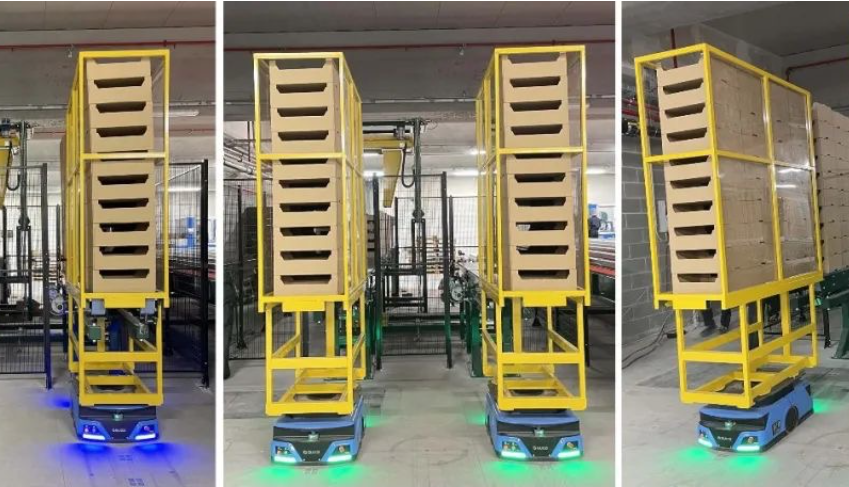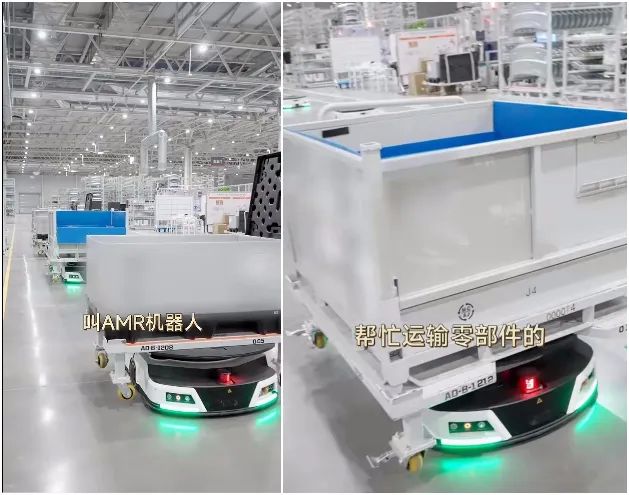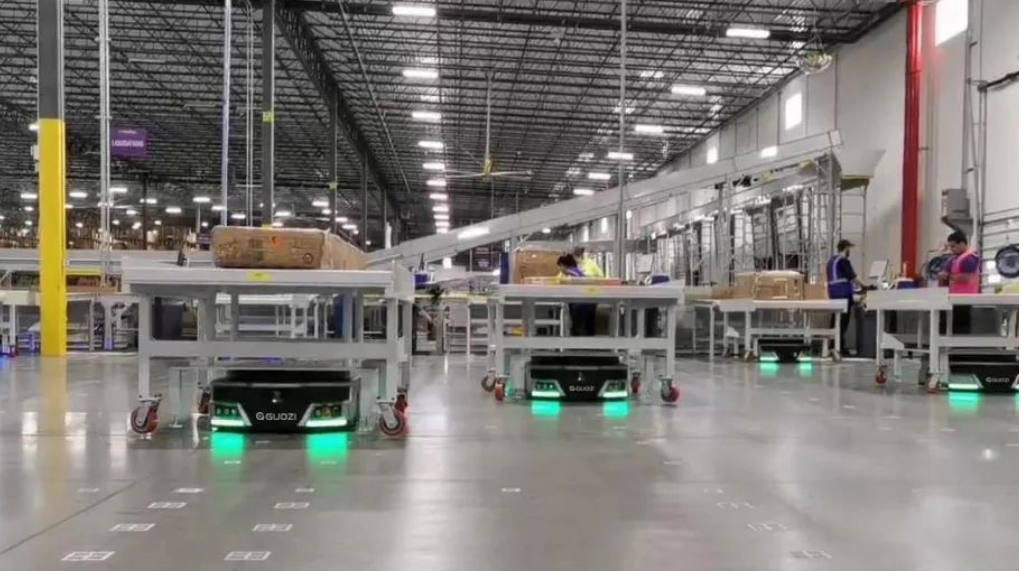With the rapid development of science and technology, robotics is gradually penetrating into various industries. In the field of food handling, robot is gradually becoming the new favorite of the industry by virtue of its advantages of high efficiency, precision and reliability. This paper will discuss the application and development of robotics in the food handling industry from the perspective of "Robot for food handling".
Challenges for the food handling industry Challenges facing the industry
1. Rising labor costs: With the development of China's economy, labor costs are rising year by year, especially in the labor-intensive food handling industry. The high labor cost seriously squeezes the profit margin of enterprises.
2. Food safety risk: Food handling involves multiple processes, and it is difficult to avoid bacterial contamination and cross-infection problems by manual operation, which brings hidden dangers to food safety.
3. Inefficient production: Traditional food processing companies rely on manual operation, which has low production efficiency and is difficult to meet market demand.
4. Difficulty in meeting personalized demands: As consumers demand more and more food taste and quality, companies need to constantly adjust their production lines to meet personalized demands. Manual operation is difficult to adapt to this rapid change.
Applications of Robotics in the Food Handling Industry
1. Sorting and Packaging: Robots can be used to quickly sort and package food products according to the shape, size, color and other characteristics, to carry out rapid sorting. At the same time, the robot can also complete automatic packaging to improve production efficiency.
2. Cutting and Processing: The robot cuts with high precision, and the cutting thickness can be adjusted according to the demand, which is applicable to the cutting of foodstuffs such as meat and vegetables. In addition, the robot can also complete the food mixing, blending, molding and other processing processes.
3. Detection and monitoring: the robot is equipped with a visual recognition system, which can detect the appearance and quality of food to ensure food safety. At the same time, the robot can also monitor the production environment in real time to prevent contamination incidents.
4. Handling and loading/unloading: the robot takes on the handling of food raw materials, finished products and semi-finished products, reducing the labor intensity of manual labor and improving production efficiency.
5. Intelligent production line: automation and intelligence of the production line is realized through integrated control. The robot can automatically adjust the production parameters according to the order demand, realizing flexible production.
Trends in Robotics in the Food Processing Industry
1. Personalization and Customization: With the development of big data and artificial intelligence technology, robots will have stronger and more powerful capabilities. development, robots will have stronger learning ability and can be personalized according to consumer demand.
2. Intelligent upgrading: in the future, robots will have higher autonomous decision-making ability to realize the unmanned and intelligent production process.
3. Cross-border integration: Robotics technology is deeply integrated with food technology, biotechnology and other fields, bringing more innovations to the food handling industry.
4. Cost Reduction: With the maturity of technology and large-scale production, the cost of robots will be gradually reduced, enabling more small and medium-sized enterprises (SMEs) to have the ability to introduce robots.
While the current application of robotics in the field of food processing is still in the primary stage, with the continuous progress of technology, we have reason to believe that robots will become the new favorites of the food processing industry and Help enterprises to achieve high-quality development. However, enterprises should also realize that the introduction of robots is not a quick fix, and need to combine their own reality, and gradually promote intelligent upgrading.








